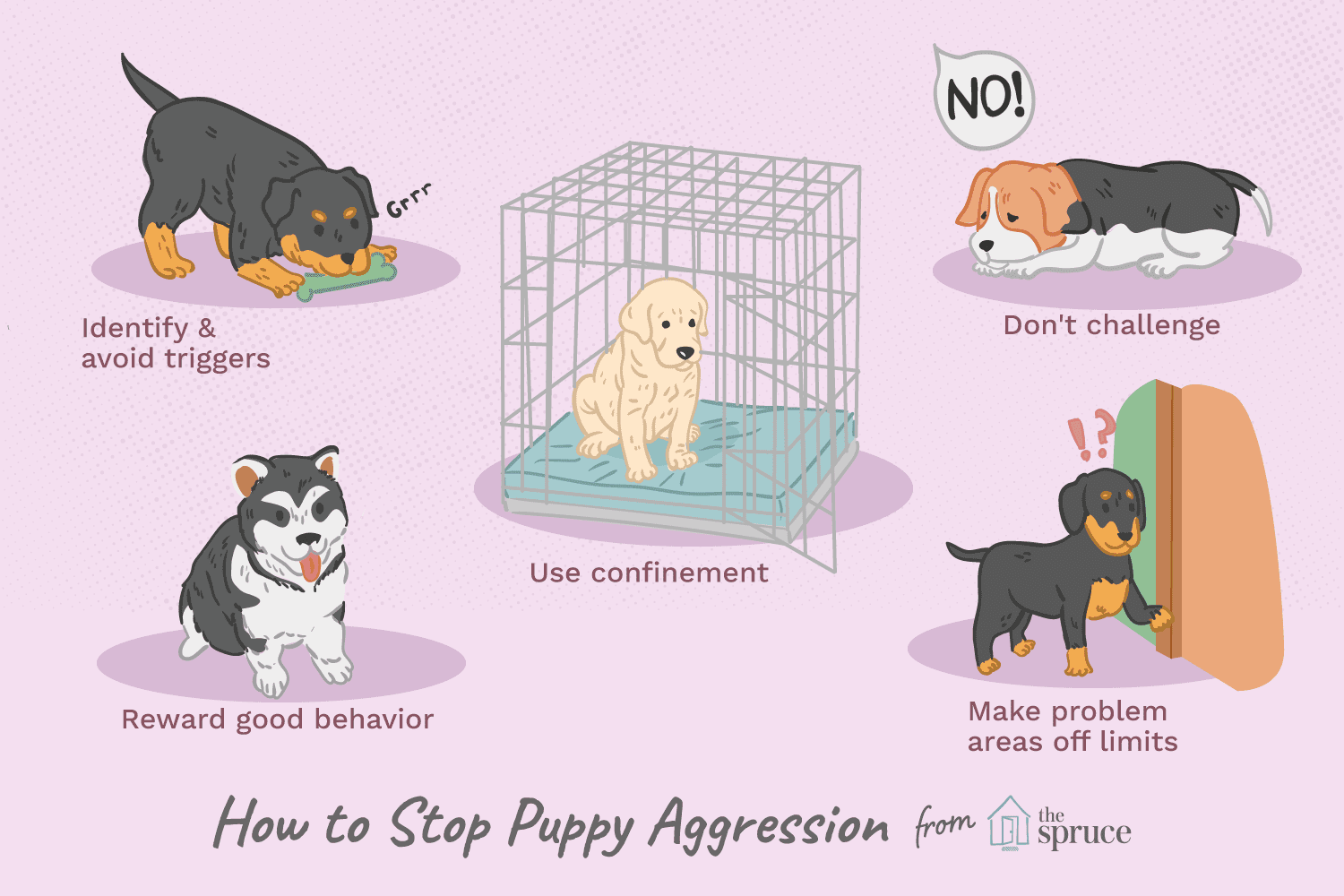When it comes to dog ownership, there’s no question that dominant behavior can be a major issue. Whether it’s stealing food from the counter, refusing to listen to commands, or even displaying aggression towards people or other pets, dominant dogs can be a challenge for owners of all experience levels.
Can Crate Training Help Stop Dominant Behavior?
In this post, we’ll explore whether crate training can be an effective tool in helping to curb dominant behavior in dogs. We’ll delve into the reasons why dominant behavior occurs, and examine how crate training can help address these underlying issues.
The Root of the Problem: Understanding Dominant Behavior
Dominant behavior in dogs is often a result of a combination of factors, including a lack of boundaries, inconsistent training, and a natural desire to assert dominance. When left unchecked, this behavior can quickly escalate into more serious problems like fear-based aggression or even physical attacks.
So why do some dogs develop dominant personalities while others don’t? The answer lies in the way they’re socialized and trained from an early age. Dogs that are not given clear boundaries and consistent guidance may feel the need to assert their dominance over people, other animals, and even inanimate objects.
In our next section, we’ll explore how crate training can help address these underlying issues and promote a more balanced, submissive personality in dogs.

To effectively address dominant behavior, it’s essential to understand what drives this behavior in the first place. As we touched on earlier, a combination of factors can contribute to dominant behavior in dogs, including a lack of boundaries and inconsistent training.
The Power of Consistency: How Crate Training Helps
One of the primary benefits of crate training is its ability to provide consistent boundaries for your dog. By establishing a safe and comfortable space for your dog to relax, you’re giving them a sense of security and stability that can help curb dominant behavior.
This consistency is especially important when it comes to feeding time. Dominant dogs often exhibit food-stealing behavior because they’ve learned that taking what’s not theirs gets attention or rewards. By crate training, you can eliminate this opportunity for your dog to practice this unwanted behavior and instead teach them to respect the rules of mealtime.
Crate training also helps address the issue of lack of exercise and mental stimulation, which can contribute to dominant behavior in dogs. When dogs are bored or over-stimulated, they may act out in ways that are not desirable. By providing a crate-trained space for your dog to relax and recharge, you’re giving them an outlet for their energy and helping to prevent boredom-related behaviors.
In addition to these benefits, crate training can also help with housetraining, reducing separation anxiety, and preventing destructive behavior when you’re not home. By addressing these underlying issues, you can create a more balanced and submissive personality in your dog, making it easier to manage dominant behavior and other unwanted behaviors.
As we explore the role of crate training in curbing dominant behavior, it’s essential to keep in mind that every dog is unique, and what works for one dog may not work for another. With patience, consistency, and positive reinforcement, however, crate training can be a valuable tool in helping your dog develop a more balanced personality.
Want to learn more about crate training and its benefits? Check out the ASPCA’s guide on crate training here. Additionally, consult with a professional dog trainer or behaviorist for personalized guidance on addressing dominant behavior in your dog.
Expert Guidance on Crate Training for Dominant Behavior
Take the first step towards a more harmonious household. Consult with our dog care experts today!
Start chatIn the previous sections of this post, we’ve explored the root causes of dominant behavior in dogs and examined how crate training can help address these underlying issues. Now it’s time to summarize the key points covered so far:
- Dominant behavior in dogs is often a result of a combination of factors, including a lack of boundaries, inconsistent training, and a natural desire to assert dominance.
- Crate training can help establish clear boundaries and promote a sense of security and calmness in dogs.
- By providing a safe and comfortable space for dogs to relax and recharge, crate training can help reduce stress and anxiety that may contribute to dominant behavior.
In light of these findings, it’s clear that crate training can be a valuable tool in helping to curb dominant behavior in dogs. By establishing a consistent routine and providing a safe space for your dog to relax, you can promote a more balanced and submissive personality.
A Final Word on Crate Training
In conclusion, crate training is not just about confining your dog or giving them a place to sleep – it’s about teaching them valuable life skills like self-control, obedience, and emotional regulation. By incorporating crate training into your daily routine, you can help your dog develop a more balanced personality and reduce the likelihood of dominant behavior.
Remember, every dog is unique, and what works for one may not work for another. But with patience, consistency, and positive reinforcement, you can help your dog overcome dominant tendencies and become a well-behaved and loving companion.
Anxiety causes heart palpitations: understanding the link: Ever felt your heart racing due to anxiety? Discover how this common mental health condition affects your physical well-being and what you can do to manage symptoms. Dive into our article to explore the surprising connection between anxiety and heart palpitations.
What is anemia caused by folic acid deficiency: Are you tired all the time? Anemia might be the culprit. Learn about this common blood disorder and how it’s linked to a lack of folic acid. Read our article to understand the causes, symptoms, and treatments for anemia caused by folic acid deficiency.



